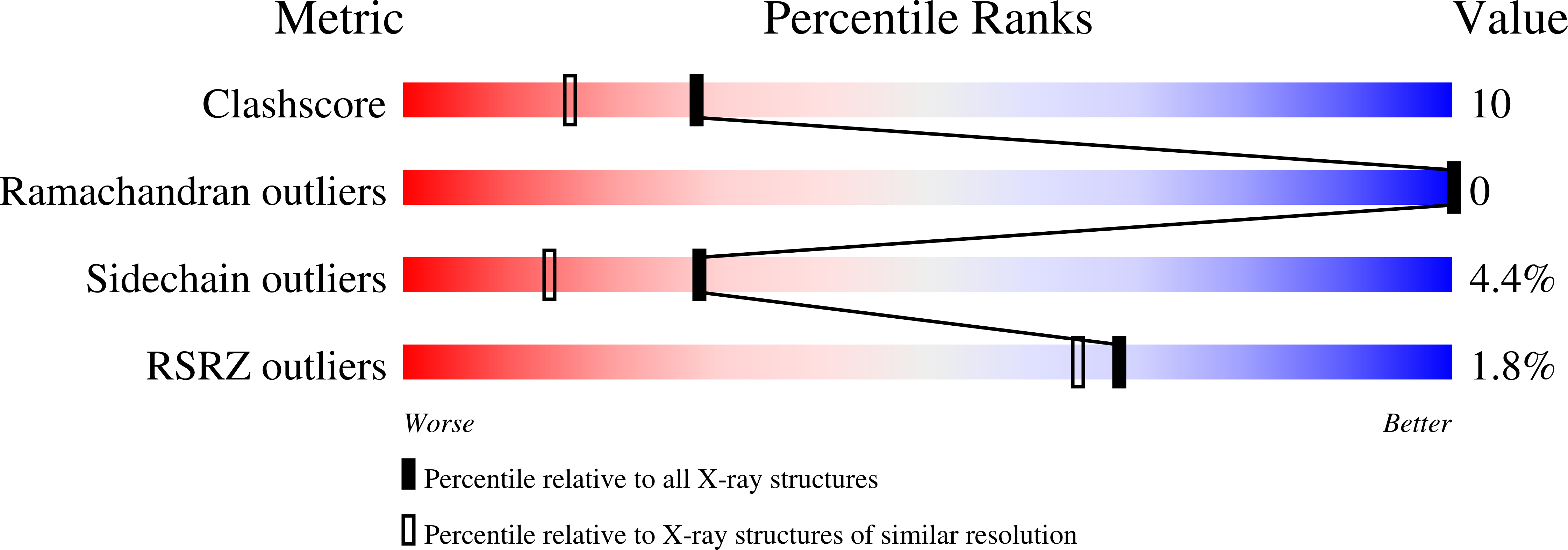
Deposition Date
1989-10-26
Release Date
1990-01-15
Last Version Date
2024-10-30
Entry Detail
PDB ID:
1L35
Keywords:
Title:
STRUCTURE OF A THERMOSTABLE DISULFIDE-BRIDGE MUTANT OF PHAGE T4 LYSOZYME SHOWS THAT AN ENGINEERED CROSSLINK IN A FLEXIBLE REGION DOES NOT INCREASE THE RIGIDITY OF THE FOLDED PROTEIN
Biological Source:
Source Organism:
Enterobacteria phage T4 (Taxon ID: 10665)
Method Details:
Experimental Method:
Resolution:
1.80 Å
R-Value Observed:
0.15
Space Group:
P 32 2 1


